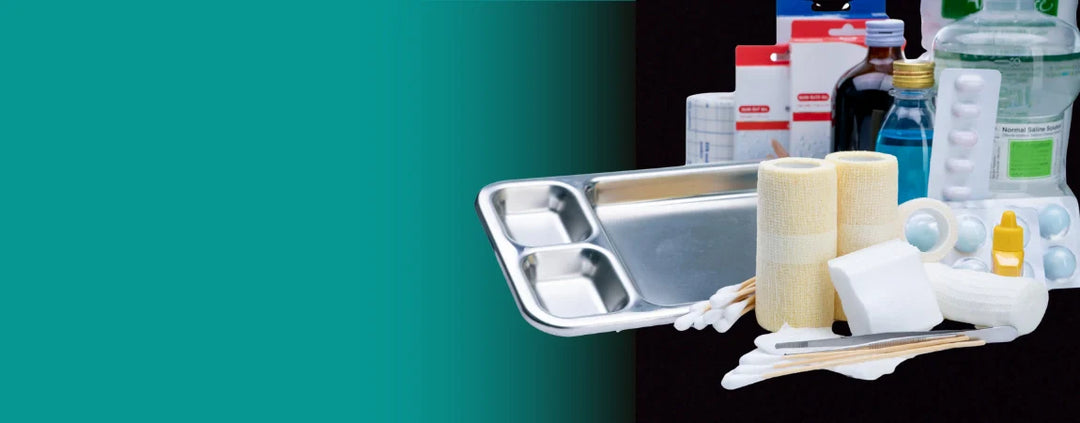Continue reading to learn all about the origins and uses of silicone and to discover clinically-proven ways to reduce post-operative scars using medical grade silicone.
Where does silicone come from?
Before we arrive at anything like the many applications of medical grade silicone, we must first start with the humble origins of the silicon element. Silicon is the second most abundant element on earth, making up more than 25% of the earth’s crust. Commonly, silicon can be found in nature as silicon dioxide, the main constituent of quartz. The atomic element silicon (Si) is located in the carbon group, numbered 14, on the periodic table of elements. Silicon is a hard, brittle metalloid with a bluish-metal luster and crystalline structure. As a metalloid, it contains properties exhibited by metals and nonmetals. By itself, silicon isn’t a very reactive substance, meaning it’s harmless and plays well with other elements. Silicon is a good semiconductor and is used profusely in computers and other electronic devices
Silicon as a naturally-occurring substance is different than its big brother, silicone (also known as polysiloxane). Silicone is a synthetic compound created when silicon atoms link to oxygen to form a chain of repeating silicon and oxygen atoms. Often this bond is combined with hydrogen and carbon to create silicones with different properties. Silicone is heralded for its low toxicity, resistance to heat and chemicals, insulation, and ability to repel water. The practical applications of silicone are endless, and its widespread use can be seen in the automotive, aerospace, cooking, electronics, cosmetics, and medical industries
Silicone’s durability, low toxicity, and flexibility make it an obvious candidate for use in the medical field. The best-known medical application of silicone was introduced to the United States during the 1960s in the form of silicone gel breast implants. The fact that silicone can be used internally in this manner is a testament to its biocompatibility, or ability to interact safely with the human body.
Silicone gel sheeting and silicone ointments in scar therapy
Silicone can be transmuted into many different topical forms. On the viscous side of the spectrum, silicone can be applied to the skin as an ointment or gel. The solid alternative to silicone ointment is silicone gel sheeting, which has a rubbery texture and consistency. Silicone’s primary mechanisms of action, when used as a topical agent for scar management, are its abilities to induce hydration and promote a homeostasis of oxygen and moisture on the surface of the skin. This homeostasis, or optimal environment, allows dry skin and scar tissue to regain elasticity, hydration, and tensile strength after damage or injury
Silicone also helps to regulate collagen production at the scar site. When a person sustains a wound, epidermal keratinocyte and fibroblast cells synthesize massive amounts of collagen, a common structural protein, to rebuild the damaged skin. But if left unchecked, collagen buildup can lead to irregular scarring in the form of keloids and hypertrophic scar formations. By applying silicone gel sheeting or silicone ointment to the scar bed, fibroblast activity is scaled back and collagen production is normalized. This has the effect of flattening and smoothing scars, helping them blend in with the surrounding tissue.

Surgeons and dermatologists around the world trust the science behind medical silicone for scar therapy because it’s backed by over 30 years of clinical trials. Silicone gel sheeting as a topical solution to scar management is often the first line of defense for many post-operative patients because it’s safe, effective, and affordable. And the ease and convenience of obtaining silicone products online make it an attractive option for scar care.
Biodermis is an innovative market leader with 30 years of expertise in the medical silicone industry. Visit Biodermis.com today to explore a complete range of scar management and post-operative care solutions.
Biodermis offers custom tailored referral programs designed to simplify and reduce the cost of your patients' post-op care. Additionally, we offer professional pricing if you opt to retail our products. Give us a call at 800.322.3729, and we will be happy to provide additional details on these programs.


